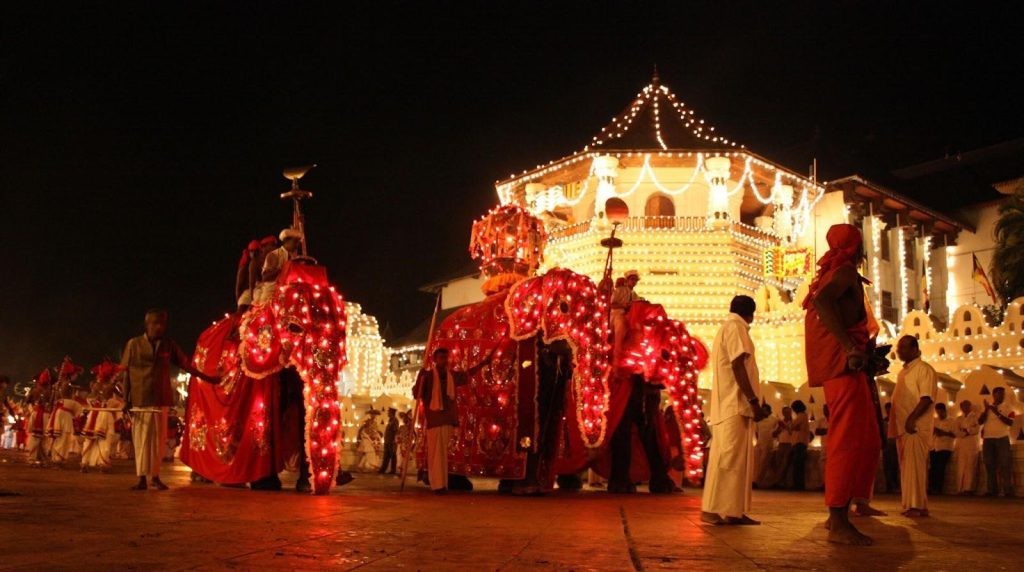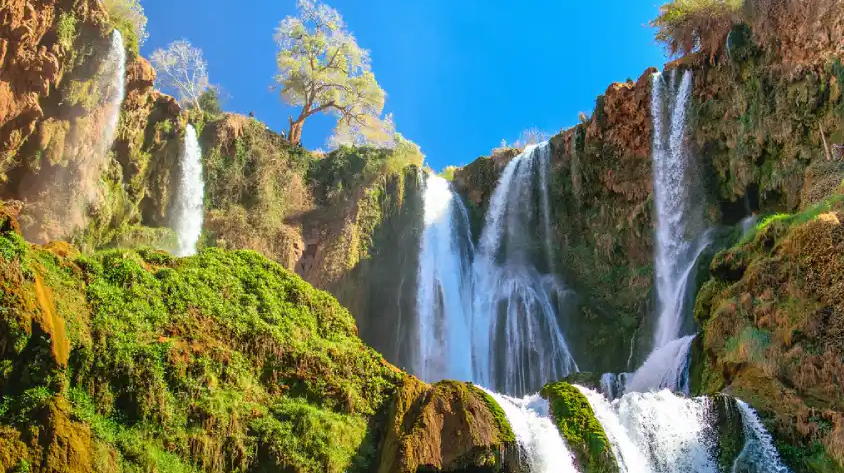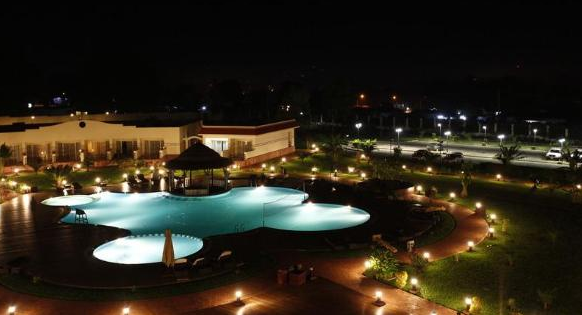Petronas Twin Towers, Kuala Lumpur
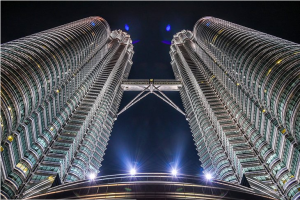
The Petronas Twin Towers, located in Kuala Lumpur, Malaysia, are an astonishing 452 meters high, making them the highest buildings of their kind in the world. The towers reach an amazing height of 88 stories and are equipped with 76 elevators in total (Mosbah & Saleh, 2014).
The two buildings were constructed out of reinforced concrete, steel, and glass, and they are linked to one another by a double sky bridge that is located on the 41st and 42nd floors (Mosbah & Saleh, 2014). Visitors that make their way up here will be rewarded with breathtaking views over the city of Kuala Lumpur and the 6.9-hectare KLCC Park located below them; the views are especially breathtaking at night.
Batu Caves, Selangor
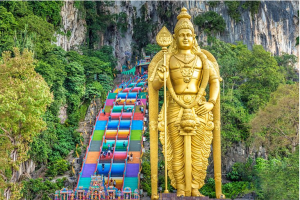
The Batu Caverns complex can be found less than an hour west of Kuala Lumpur. It is comprised of three main tunnels as well as a number of smaller caves, the majority of which include sculptures and shrines that date back more than a century and are devoted to Hindu deities (Mosbah & Saleh, 2014).
If you make it all the way to the top of the 272 stairs, you will be rewarded with a room that is adorned with sculptures, altars, and lights. This cave is known as Cathedral Cave, and it is located at the very top of a vast, colorful stairway (Mosbah & Saleh, 2014). Visitors are greeted with a golden statue of Lord Murugan that is 43 meters tall and is located at the base of the steps.
Sipadan Island

There are hundreds of different coral species, endangered hawksbill turtles, whale sharks, and monitor lizards that call Sipadan Island and the ocean seas around it home. Sipadan Island is part of the richest marine ecosystem in the world (Mosbah & Saleh, 2014). It is necessary to apply for a permission in advance in order to visit the island, and only 120 permits are issued each day. The island is widely regarded as having some of the greatest diving in the world, and its protection is quite stringent.
In order to get to the island, you have to take a speed boat for around an hour. Once you’ve arrived, it won’t take you long to discover that the island is perfectly navigable on foot; the many beaches and reef areas are just a few minutes’ walk from one another(Mosbah & Saleh, 2014).
Gunung Mulu National Park, Sarawak
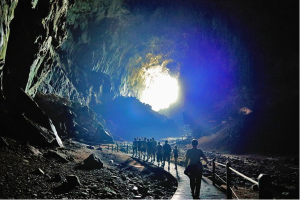
It’s possible that this UNESCO World Heritage Site is more known for the towering karst limestone pinnacles that seem like people standing in vast formations, but the park’s enormous caverns are just as breathtaking (Mosbah & Saleh, 2014).
The majority of the park is covered by a dense rain forest, which makes it difficult to enter some portions of the park. This is one of the reasons why some of the caverns here weren’t actually investigated until the 1970s (Mosbah & Saleh, 2014). Another factor is the vastness of the cave systems: in these caves you’ll find the biggest passageway in the world as well as the largest subterranean chamber.

